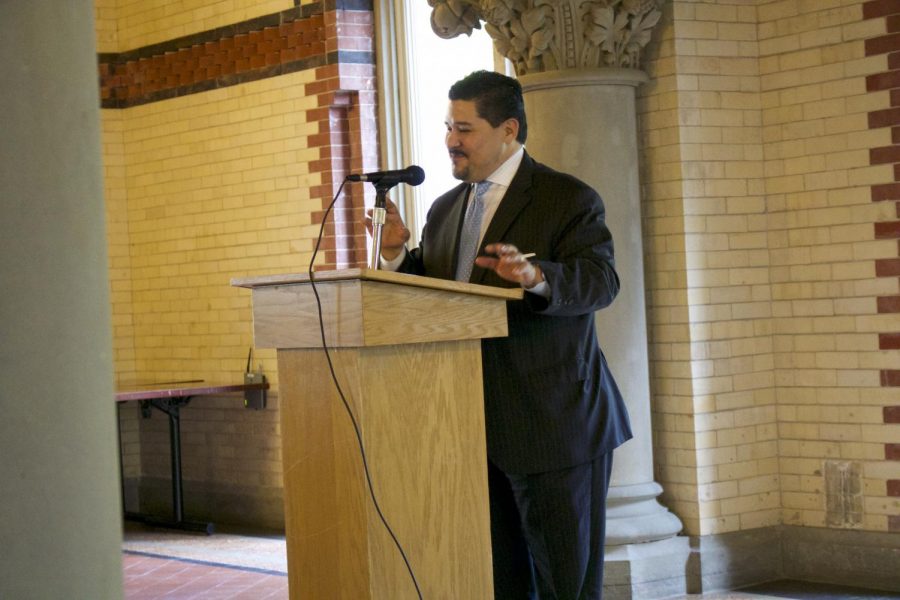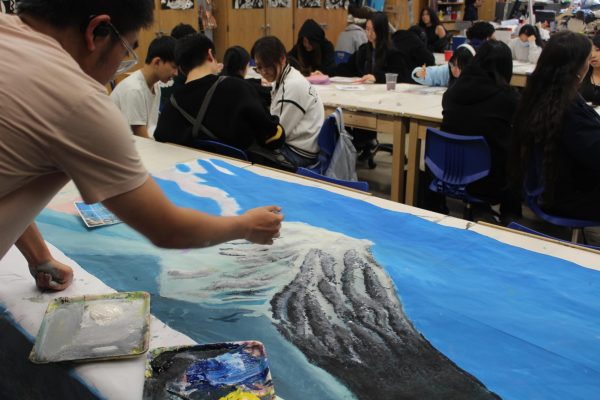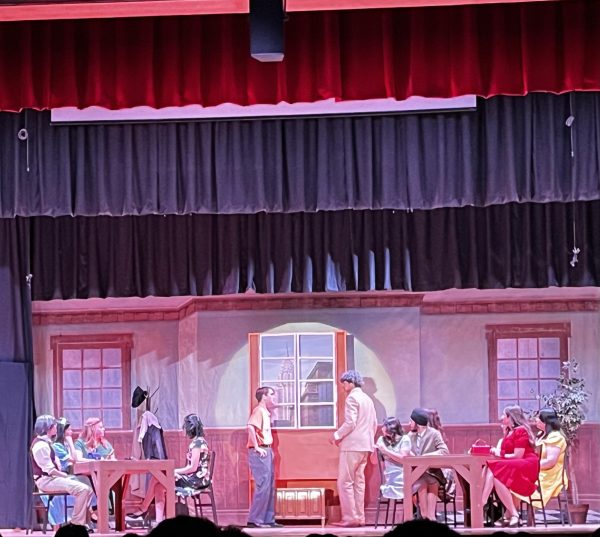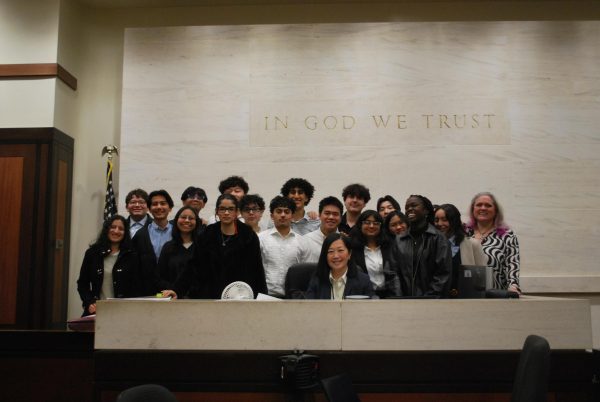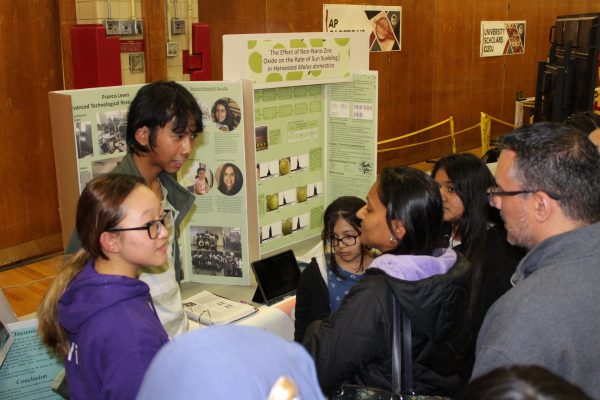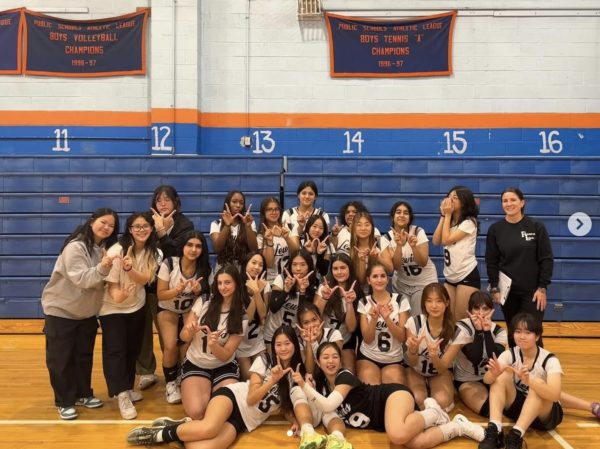Diversity Binds New York City: Chancellor Carranza Hosts a Journalism Round Table
Chancellor Richard Carranza speaking to student journalists at the round table discussion on May 9.
On Wednesday, May 9 Chancellor Richard Carranza hosted a student journalism round table at the Tweed Courthouse in Manhattan where students were given the opportunity to ask questions to the chancellor, focusing on topics relevant to New York City public schools.
“I am a big believer in the First Amendment, and I am very excited to be here today with you,” Carranza said as he began the round table with a discussion on freedom of the press.
Mayor Bill de Blasio selected former bilingual teacher, principal, and superintendent Richard Carranza as the new Chancellor of Education for NYC schools on March 5. Describing his professional career in education as his “dream job”, Carranza discussed many important topics, such as the desegregation of public schools.
“We want to have diverse schools,” Carranza said. “If we believe that the schools belong to our students, and New York City is the most diverse place in the world, then how in the world can we be okay knowing that we’re setting up a barrier for students to go to other schools? That’s just anti-New Yorker.”
Given the recent school shooting tragedies occurring in schools nationwide, the chancellor was also asked about school safety in New York City schools.
“We have an ongoing partnership with [the] NYPD to look at what’s happening in the community and around schools,” Carranza said.
“Everywhere I went, students said to me, ‘We do not want our schools to look like prisons’. We’re investing in resources for our teachers to create [a healthy and safe] environment.”
The chancellor also stressed how important it is for students to be aware of their surroundings and speak up when they see or hear something suspicious.
“The most secure, impenetrable, unfathomable security system for schools…do you know what it is? All of you,” Carranza added.
The chancellor also addressed the debate on whether a smaller school setting is an effective learning environment for students.
“I think you have to be very mindful of the trade-offs with small schools compared to large schools,” Carranza added.
“My general philosophy is if you have a small school that is thriving, you should continue to support that, especially if the community is supporting the small school model. There has to be a continuous conversation with the community and ask how small is too small.”



